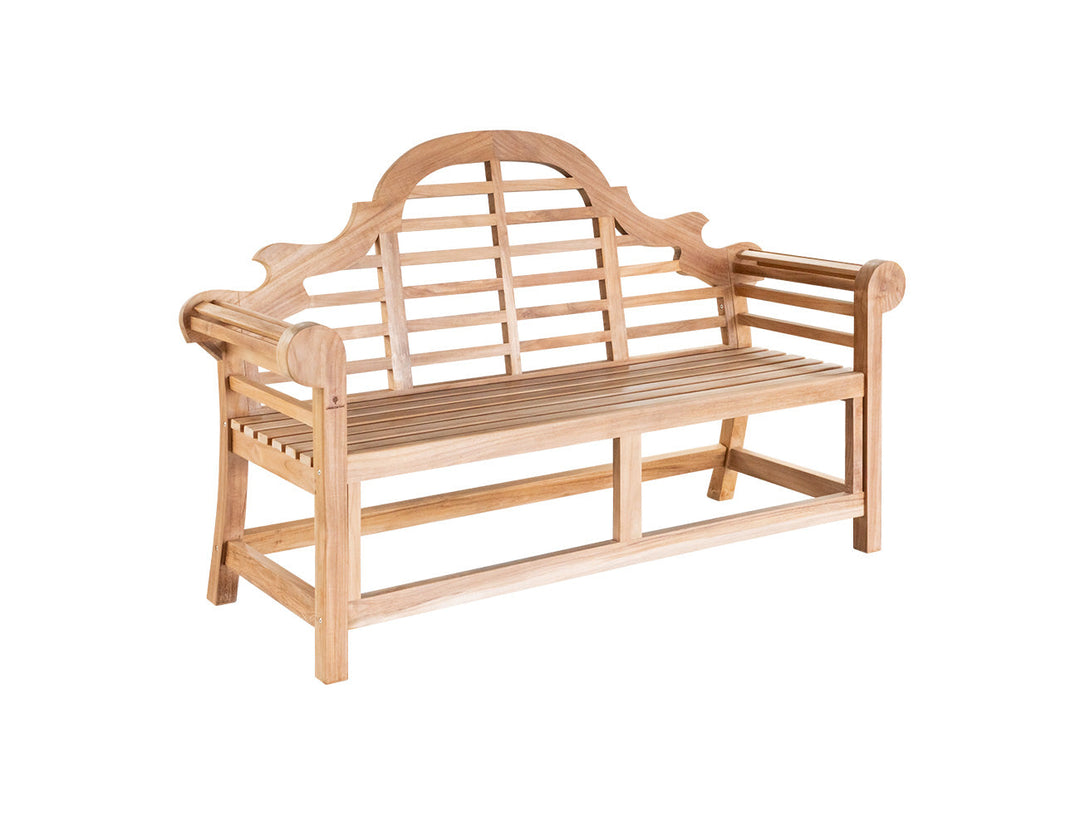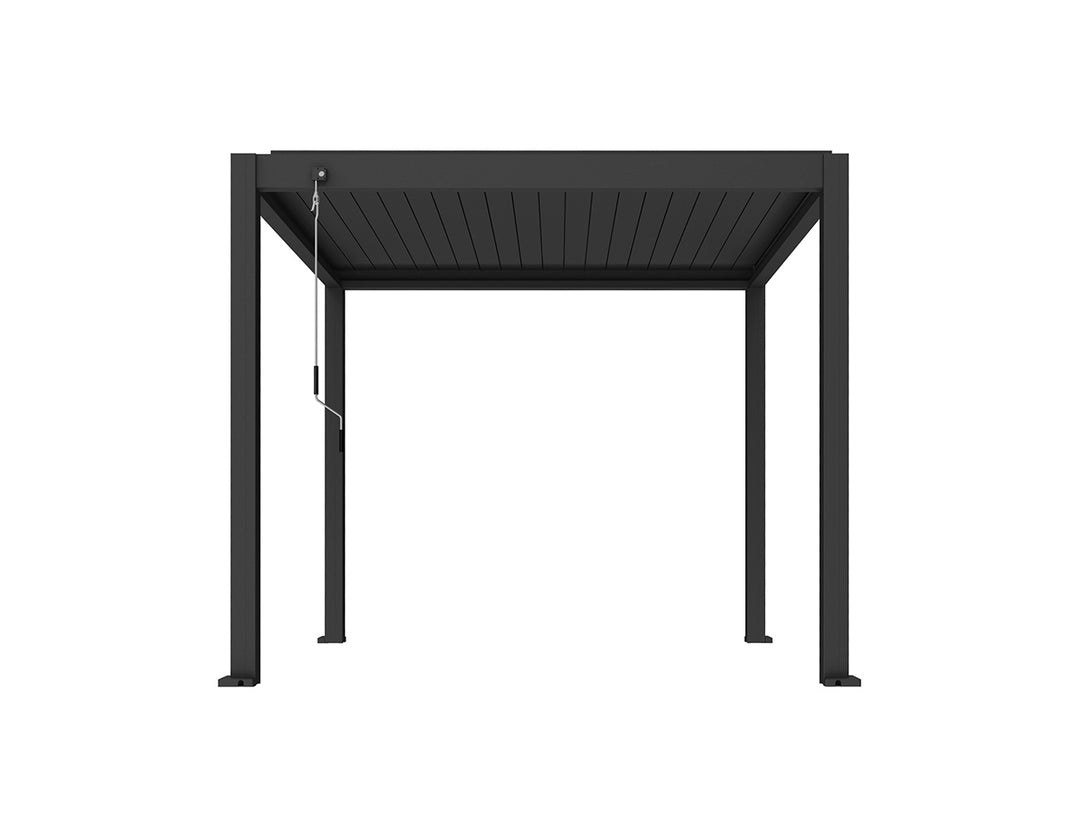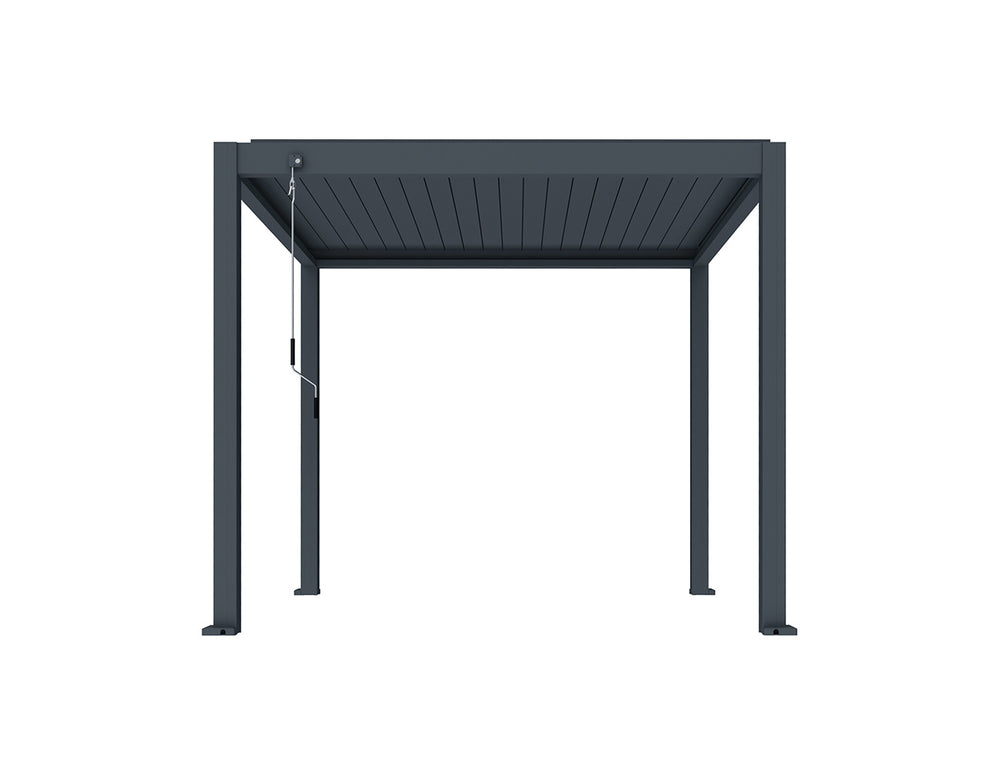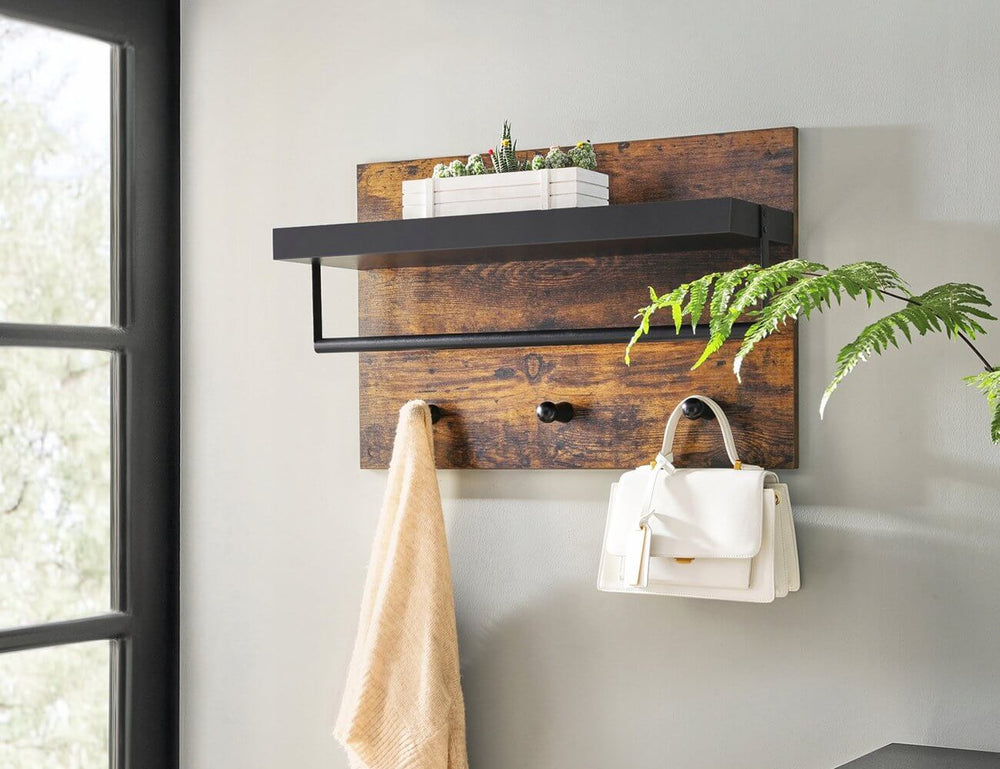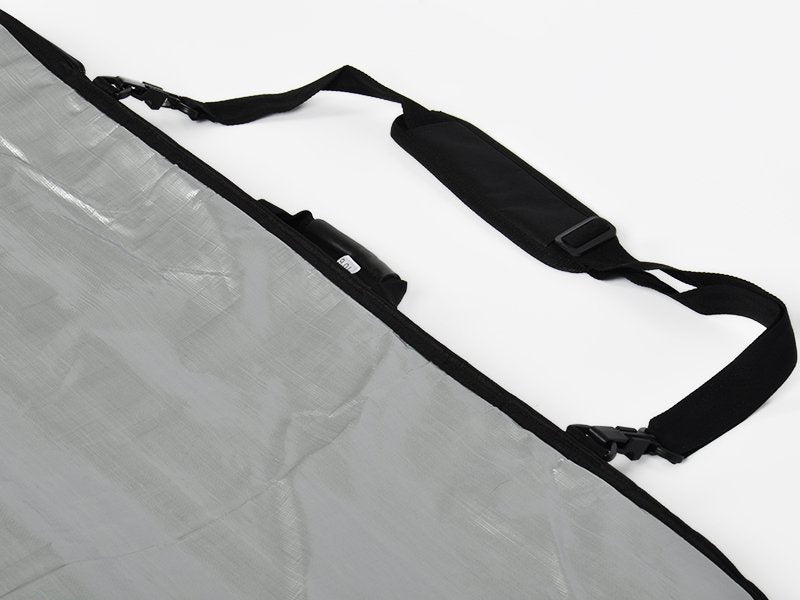Have you ever envisioned a stylish, functional outdoor space that not only enhances the beauty of your home but also offers flexibility in any weather? Aluminum louvre roof pergolas could be just what you're looking for. But with so many models out there, how do you choose the one that's right for you, especially when considering strength and price?
Matching Pergola Strength to Your Environment
-
Ample Wind Resistance: With a wind resistance of 100-110 km/h, the LC100 Series is built to withstand typical inland weather conditions comfortably.
-
Cost-Effective Construction: The use of aluminum in its construction strikes the perfect balance between affordability and durability.
Before you start daydreaming about alfresco dinner parties and lazy Sunday lounging, let's get practical. Here's an easy way to measure up and plan the ideal space for your dream pergola.
Get the Lay of the Land
Grab that tape measure and start pacing out your yard's boundaries. Measure the length from your house to the back fence, and the width wall-to-wall. Jot these numbers down - this is your entire possible pergola area.
Envision Your Perfect Outdoor Room
Think about how you want to use this space. Are you picturing lively BBQs and kids' birthday parties? Or more of a quiet retreat for reading and relaxation? Your vision will determine where that pergola should go and how much space to dedicate to it.
Map It Out
Time for a reality check - if your yard is on the cozier side, you may need to scale back that mega patio furniture set you were eyeing. Prioritize what you'll really use and make sure to leave enough room to move around comfortably.
Stake Out the Pergola's Spot
Pergolas are meant to be a focal point, so give yours a place to shine. Decide exactly where you want it situated, ensuring the coverage and comfort level align with your plans.
Consider Your Furnishings
Already have outdoor chairs and tables? Or window-shopping for new pieces? Either way, leave enough space between furnishings so guests can mingle without playing elbow-hockey.
Freestanding or Wall-Mounted - Which Pergola Style is Right for You?
Freestanding pergolas offer more flexibility in terms of placement, as they are not attached to any existing structure. This allows for more design possibilities, such as positioning the pergola in the center of your yard or near a pool. Freestanding pergolas also provide more freedom in terms of size and orientation, as they are not limited by the dimensions of an existing building.
Wall-Mounted pergolas, on the other hand, are attached to an existing structure, such as a house or a wall. This style is great for smaller outdoor spaces, such as a patio or terrace, as it can help to define the space and create a seamless connection between indoor and outdoor living areas. Attached pergolas are also structurally sound, as they are supported by the wall of an existing home or building.
Pros and Cons of Freestanding vs. Attached
| Pergola Type |
Pros |
Cons |
| Freestanding |
Flexible placement, standalone feature |
Requires more space, may cost more |
| Attached |
Space-efficient, seamless extension |
Limited by existing structures |
Pros:
- Adjust your pergola's roof with just a button click.
- Perfect for frequent use or when you need quick adjustments.
- Adds a touch of luxury to your outdoor space.
Cons:
- More expensive upfront.
- Could require more maintenance due to mechanical parts.
Pros:
- More affordable, great for tighter budgets.
- Simple mechanism means potentially less maintenance.
Cons:
- Requires physical effort to adjust.
- Not as convenient for quick or frequent changes.
-
Budget: Got more to spend? Go motorised for convenience. Need to save? Manual pergolas still do the job without the extra cost.
-
Ease of Use: If you're after comfort and ease, motorised is your best bet. Don't mind a bit of work? Manual could be just fine.
-
Maintenance: Both types need care, but motorised pergolas might need a bit more due to their complex parts.
Why stop at a basic pergola when you could take it to the ultimate backyard getaway? Check out these game-changing add-ons:
-
Functionality: A sleek glass door system provides a seamless transition from your home's interior to the pergola's exterior, allowing you to keep the elements out when needed.
-
Aesthetics: Glass doors offer a modern look and allow for unobstructed views of your garden or patio.
-
Versatility: Open them up for a breezy feel or close them to create a cozy, protected nook.
-
Sun Protection: Retractable blinds can significantly reduce solar glare and block up to 99% of harmful UV rays.
-
Privacy: They allow you to enjoy your outdoor oasis without feeling exposed to neighbors or passersby.
-
Protection Against Elements: Blinds also help shield you from wind and rain, extending your pergola's usability in various conditions.
Shutter Walls: Your Privacy and Comfort Shield
-
Privacy: Perfect for creating a secluded spot, away from prying eyes.
-
Shade Control: Adjust the shutters to let in just the right amount of sunlight.
-
Durability: Made from tough materials designed to withstand the test of time and weather.
-
What makes aluminum pergolas better for coastal areas?
Aluminum pergolas are highly resistant to corrosion and can withstand the salty air and strong winds typical of coastal environments.
-
Can I customize the size of my pergola?
Yes, Living Culture offers custom sizing for premium models to ensure the perfect fit for your space.
-
Are motorised louvre systems worth the extra cost?
Motorised systems offer unparalleled convenience and flexibility, making them a valuable addition to any pergola.
-
How do I know if I should choose a freestanding or attached pergola?
Consider the layout and size of your outdoor space, as well as how you want to integrate the pergola with your home's design.
-
What should I consider when budgeting for an aluminum louvre pergola?
Think about the long-term value, the climate you live in, and the level of customization you desire to find the right balance for your budget.




